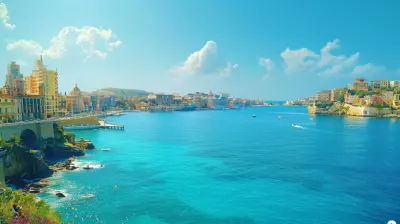Discover the Best Time to Explore New Zealand’s Natural Wonders
22 June 2025
New Zealand is a dream destination for nature lovers, adventure seekers, and anyone who craves breathtaking landscapes. Whether you're into hiking, skiing, or just soaking up the stunning scenery, timing your visit can make all the difference. So, when is the best time to explore New Zealand’s natural wonders? Let’s dive in and break it down season by season. 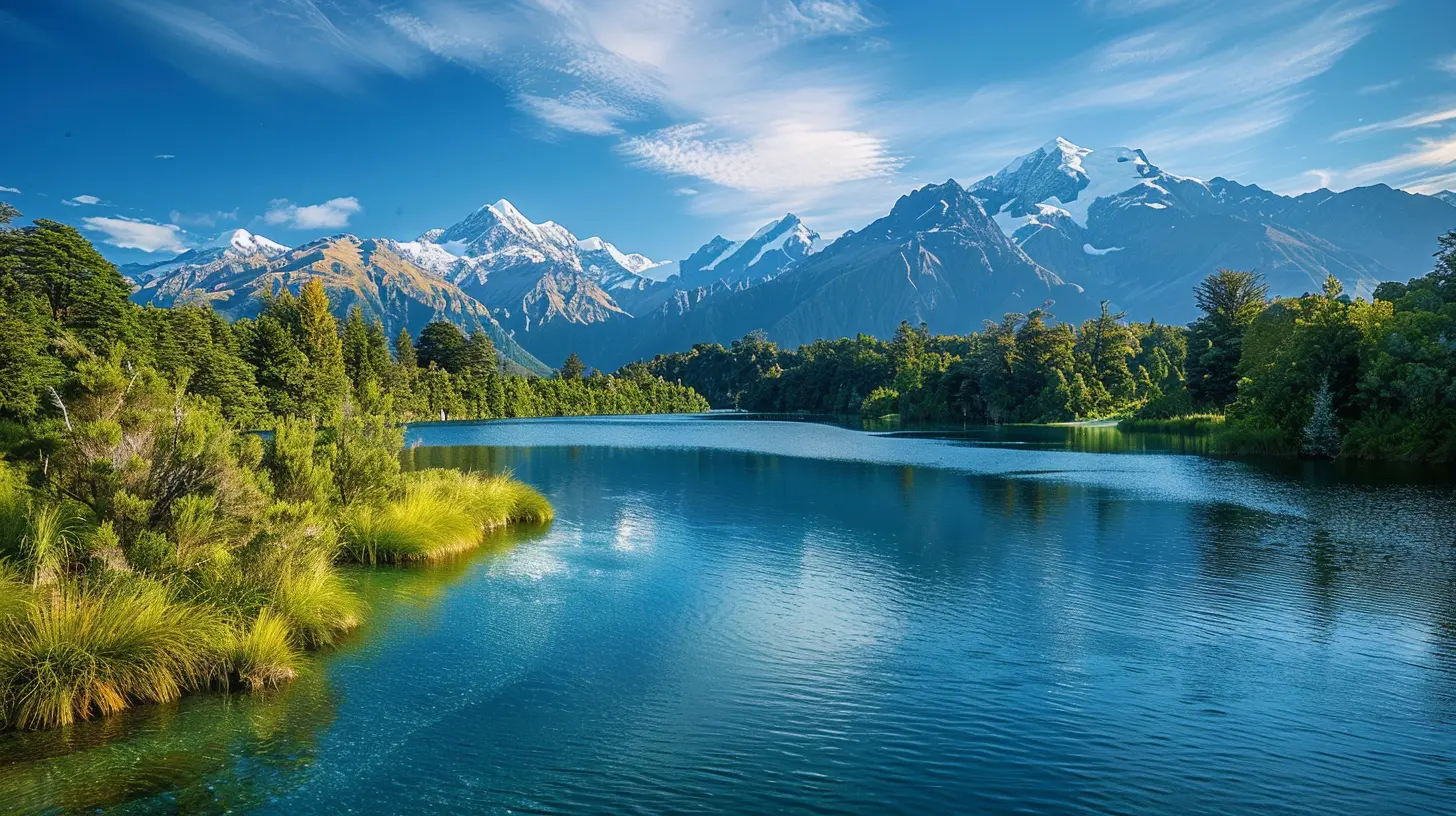
Understanding New Zealand’s Seasons
Before we get into the details, it's important to remember that New Zealand is in the Southern Hemisphere. This means the seasons are flipped compared to North America and Europe.- Summer: December – February
- Autumn: March – May
- Winter: June – August
- Spring: September – November
Each season brings its own magic, so the best time for you depends on what you want to experience. 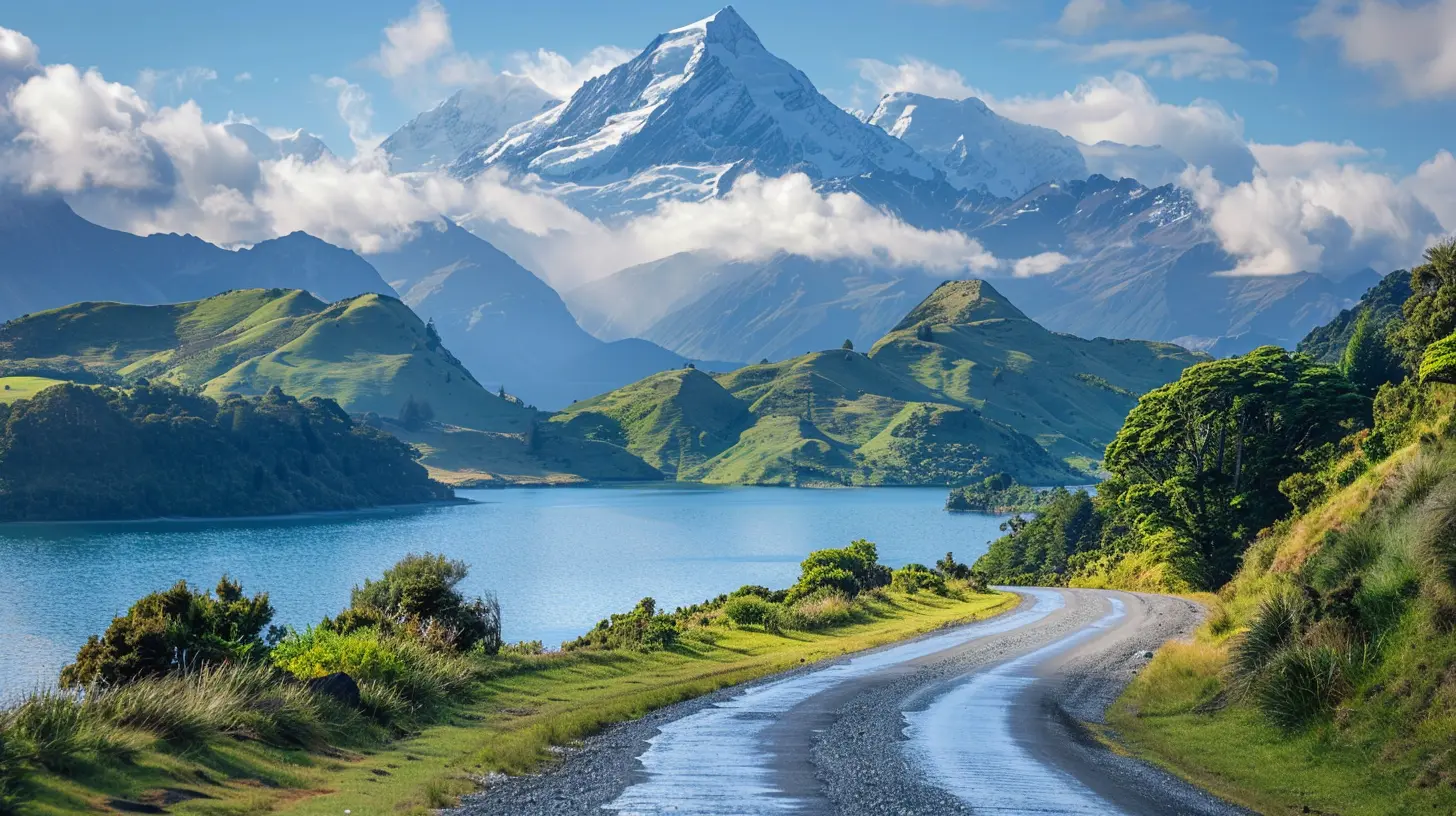
Summer (December – February): The Peak Adventure Season
If you love warm weather, long daylight hours, and buzzing tourist spots, summer is the perfect time to visit New Zealand.Why Visit in Summer?
- Perfect for outdoor activities – From hiking in Fiordland National Park to kayaking in Abel Tasman, this is prime time for adventure.- Best beach weather – New Zealand has stunning beaches, and summer is ideal for swimming and sunbathing.
- Longer days – With sunsets as late as 9 PM, you'll have plenty of time to explore.
Best Natural Attractions to Visit in Summer
1. Milford Sound – Cruise through this fjord when the weather is at its best.2. Bay of Islands – Ideal for sailing, dolphin watching, and beach hopping.
3. Tongariro Alpine Crossing – One of the world’s best one-day hikes with incredible volcanic scenery.
Downsides of Visiting in Summer
- Crowds & high prices – It’s peak travel season, so expect more tourists and pricier accommodations.- Some areas can get quite hot – The sun can be intense, so pack sunscreen and stay hydrated.
If you don’t mind the crowds, summer is perfect for experiencing New Zealand’s natural beauty at its most vibrant. 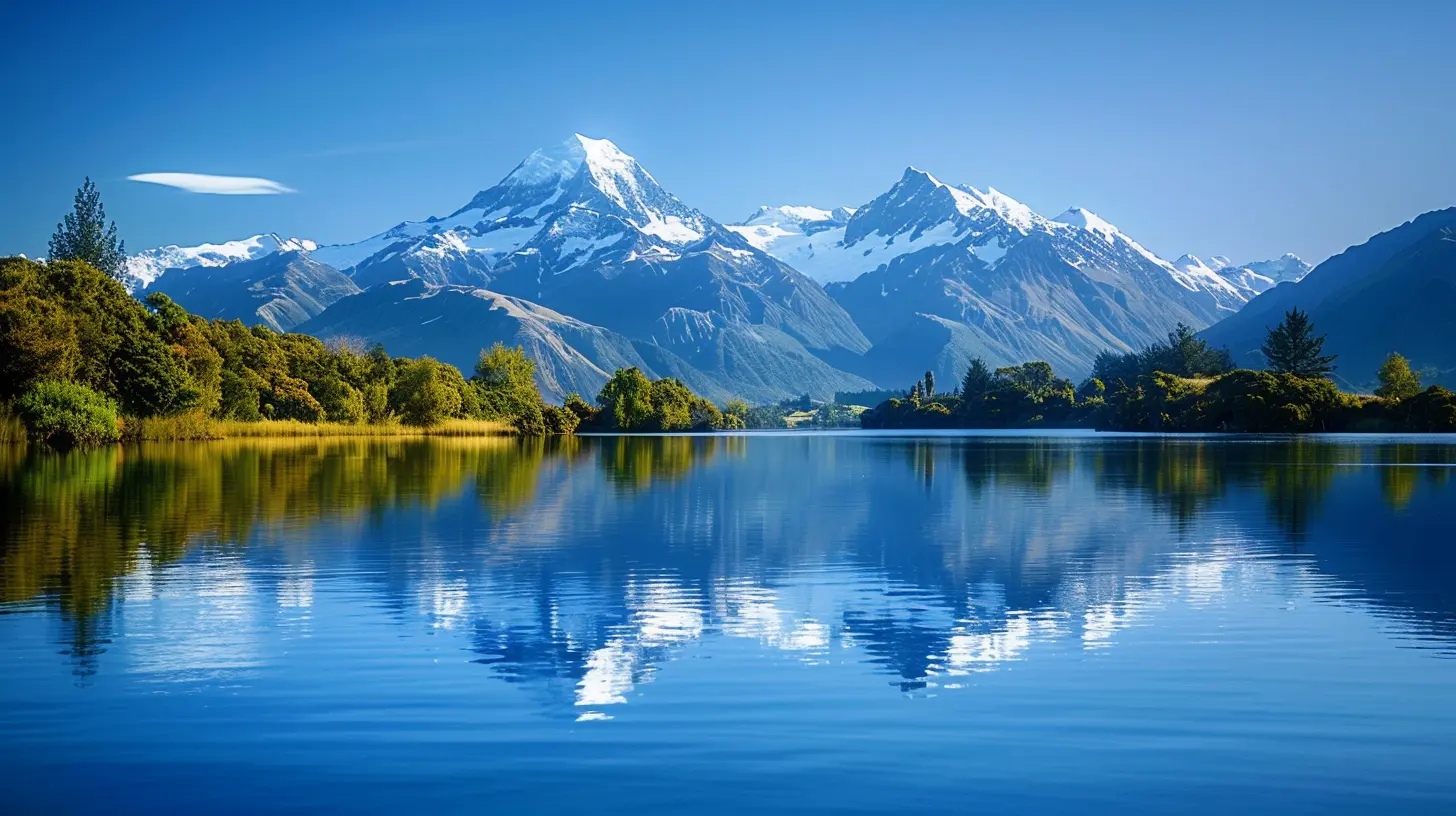
Autumn (March – May): The Underrated Gem
Autumn is a fantastic time to visit New Zealand, yet many travelers overlook it. The weather is still pleasant, and the landscapes transform into a colorful wonderland.Why Visit in Autumn?
- Stunning autumn colors – Places like Arrowtown turn into a painter’s dream.- Mild temperatures – Perfect for hiking and outdoor exploration.
- Fewer crowds & better deals – Enjoy lower prices and fewer tourists compared to summer.
Best Natural Attractions to Visit in Autumn
1. Lake Tekapo – The autumn foliage combined with the turquoise lake is breathtaking.2. Hawke’s Bay – Not only great for wine lovers but also offers stunning autumn landscapes.
3. Queenstown & Arrowtown – A mix of adventure and vibrant autumn colors.
Downsides of Visiting in Autumn
- Weather can be unpredictable – While generally mild, occasional rain showers can surprise you.- Shorter daylight hours – Since summer’s long days are over, plan accordingly.
If you enjoy peaceful travel, stunning colors, and mild weather, autumn might be your perfect season to explore. 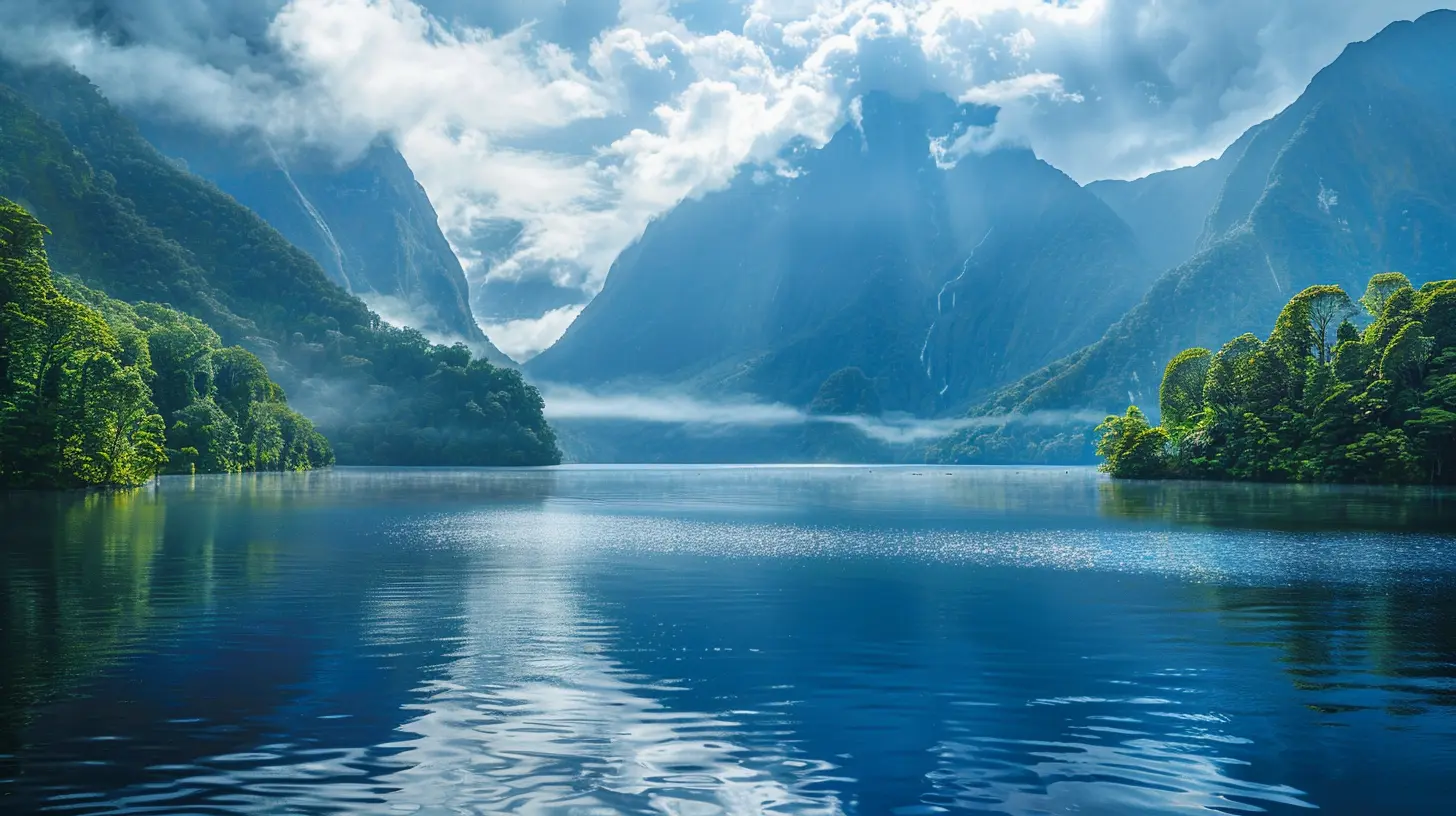
Winter (June – August): A Wonderland for Snow Lovers
New Zealand in winter is a paradise for skiers, snowboarders, and those who love cozying up by the fire after a day of adventure.Why Visit in Winter?
- Ski and snowboard heaven – The South Island’s mountains offer world-class skiing.- Unique winter landscapes – Snow-covered peaks add a magical charm to already stunning scenery.
- Fewer tourists (except in ski areas) – If you're not into skiing, you'll find many places much quieter.
Best Natural Attractions to Visit in Winter
1. Queenstown & Wanaka – Skiing, snowboarding, and winter festivals make these towns winter hotspots.2. Franz Josef & Fox Glacier – A unique chance to see glaciers in their best form.
3. Lake Tekapo – A winter wonderland, famous for its stargazing and hot springs.
Downsides of Visiting in Winter
- Cold temperatures (especially in the South Island) – Snow and chilly winds are common.- Some hiking trails may be closed – High-altitude hikes like the Tongariro Alpine Crossing can be dangerous in winter.
For snow sports enthusiasts and those who appreciate a quieter, mystical landscape, winter is the season to visit.
Spring (September – November): The Season of Renewal
Spring in New Zealand is when nature wakes up, bringing colorful flowers, melting snow, and baby wildlife.Why Visit in Spring?
- Beautiful blossoms and greenery – Gardens and parks burst into life.- Great time for hikes – The weather is warming up, but summer crowds haven’t arrived yet.
- Cheaper travel costs – Spring is considered shoulder season, so flights and accommodations are more affordable.
Best Natural Attractions to Visit in Spring
1. Fiordland National Park – Waterfalls are at their most powerful due to melting snow.2. Rotorua – Explore geothermal wonders under pleasant weather conditions.
3. Kaikoura – Amazing time for whale watching as marine life becomes more active.
Downsides of Visiting in Spring
- Unpredictable weather – You might experience sunshine, rain, and wind all in one day.- Some trails might still be muddy – Due to snowmelt, certain paths can be slippery.
If you love fresh air, blooming flowers, and lower travel costs, spring is a fantastic time to visit.
So, When Should You Visit?
The best time to explore New Zealand’s natural wonders really depends on what you’re looking for:- For the best weather and outdoor fun – Summer (Dec – Feb) is unbeatable.
- For fewer crowds and stunning colors – Autumn (Mar – May) wins.
- For a winter wonderland and snow sports – Winter (Jun – Aug) is ideal.
- For blooming landscapes and fresh adventures – Spring (Sep – Nov) is a great choice.
No matter when you visit, New Zealand will leave you in awe. Every season offers something special, making this destination an all-year-round beauty. Just pick the season that best matches your travel style, pack your bags, and get ready for an adventure of a lifetime!
Final Travel Tips
- Book in advance for summer trips – Accommodations and activities sell out fast.- Dress in layers – New Zealand’s weather can change quickly, even within a day.
- Plan some flexibility – While seasonal patterns exist, the weather can still be unpredictable.
Ready to experience New Zealand’s breathtaking landscapes? No matter the season, this country’s natural wonders are sure to steal your heart.
all images in this post were generated using AI tools
Category:
Best Time To VisitAuthor:

Claire Franklin
Discussion
rate this article
2 comments
Liam Williams
New Zealand's breathtaking landscapes shine year-round, but visiting during spring and autumn offers mild weather and fewer crowds for an unforgettable experience.
June 23, 2025 at 4:42 AM

Claire Franklin
Thank you for your insights! Spring and autumn truly highlight New Zealand's beauty while providing a more serene experience for visitors.
Lacey Newman
Embrace the adventure! New Zealand’s breathtaking beauty awaits—your unforgettable journey starts now!
June 22, 2025 at 3:34 AM

Claire Franklin
Thank you! New Zealand truly is a world of adventure and natural beauty—perfect for exploration at any time!
